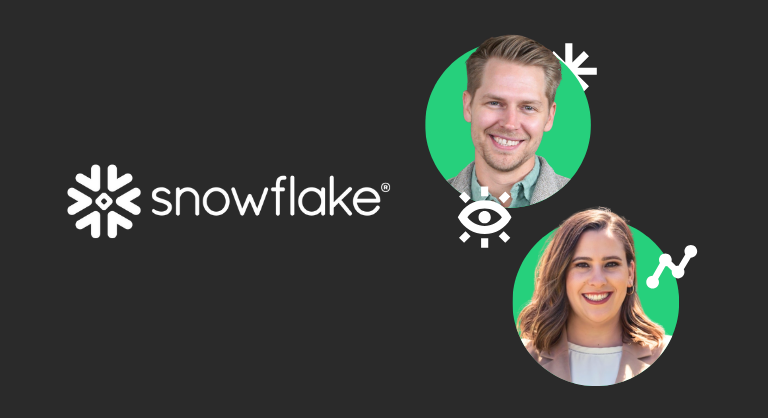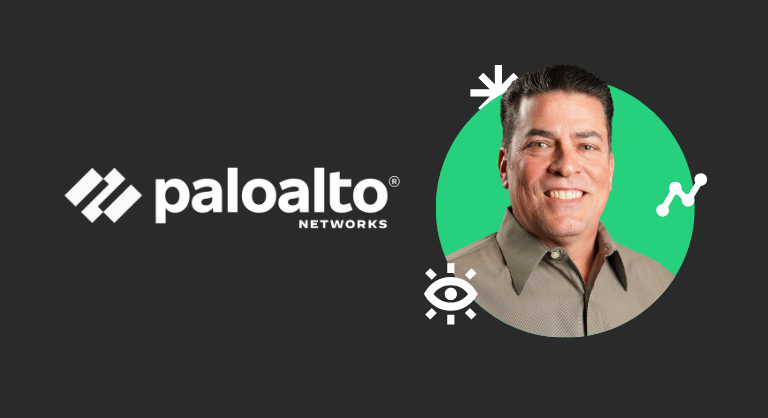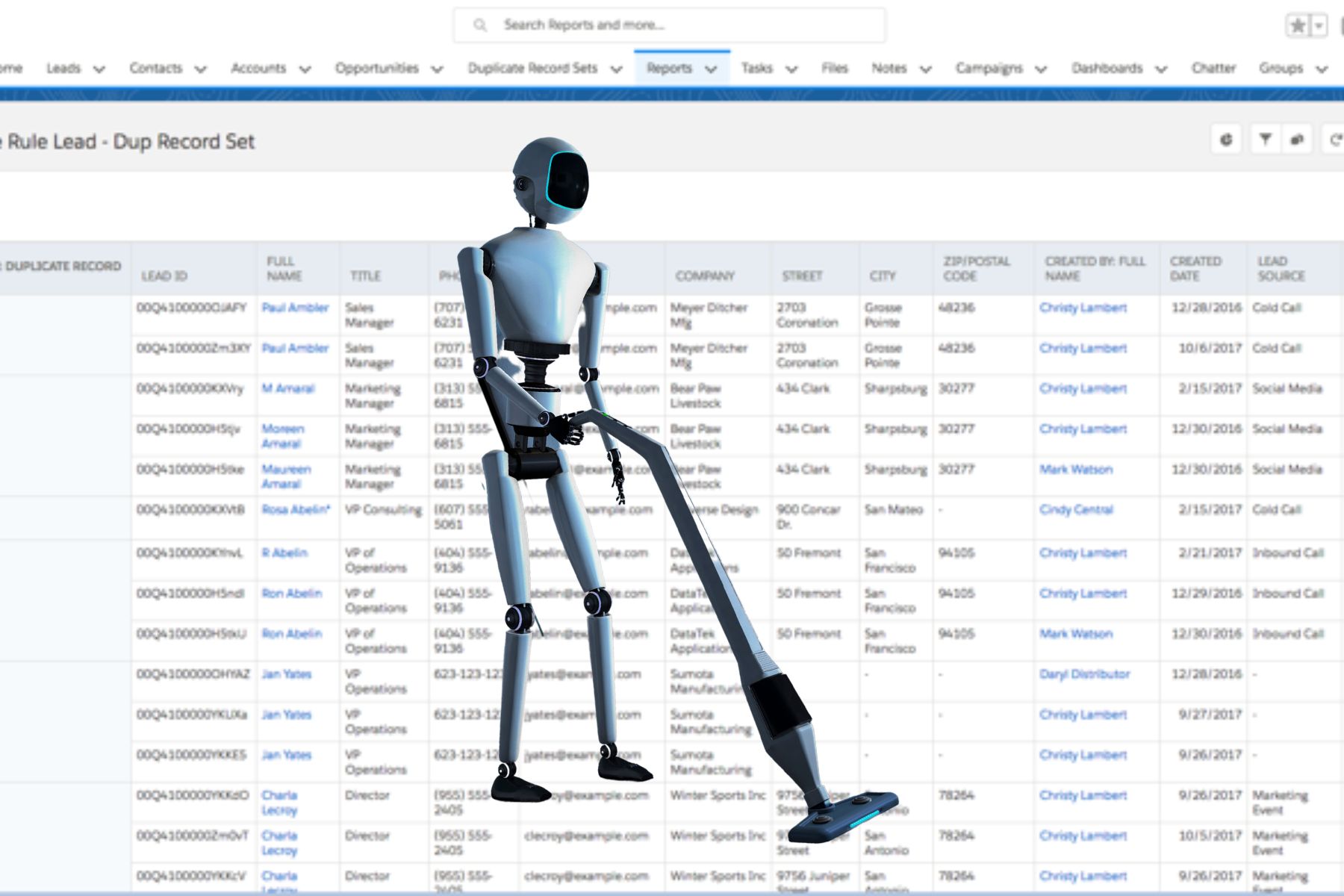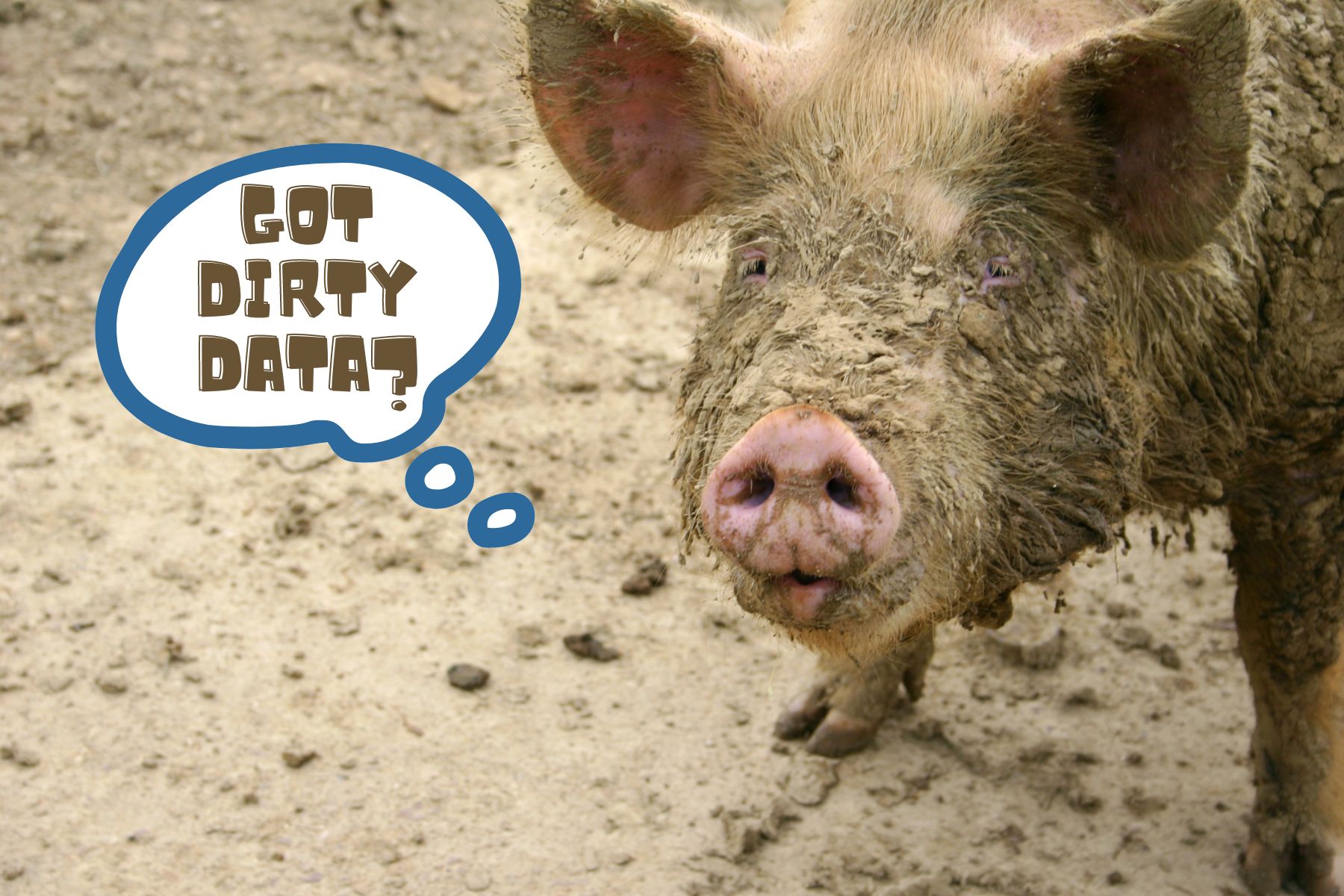Most revenue teams talk about strategy, pipeline, and buyer engagement, but few get excited about data hygiene.
Yet, just like brushing your teeth, data hygiene is essential for long-term health. Clean data in Salesforce keeps revenue flowing smoothly, prevents wasted time, and supports every go-to-market motion.
While it may not be the most glamorous part of the job, automating data hygiene can be a powerful advantage. It reduces manual work. It prevents small issues from becoming expensive problems.
As a result, leaders gain confidence that their GTM execution will not be slowed by preventable errors.
Why Data Hygiene Matters for GTM Orchestration
Data hygiene is not just about fixing duplicate records or filling empty fields. Instead, it forms the foundation of GTM orchestration.
When buyer records are complete and accurate, routing decisions are faster, territory assignments are correct, and engagement with prospects feels seamless.
Poor data hygiene creates several problems:
- Leads routed to inactive owners create delays and lost opportunities
- Missing contact roles leave buying groups incomplete
- Orphaned records prevent visibility into the buyer journey
- Inconsistent account ownership creates misalignment across sales teams
Consequently, revenue teams spend time correcting issues instead of focusing on growth.
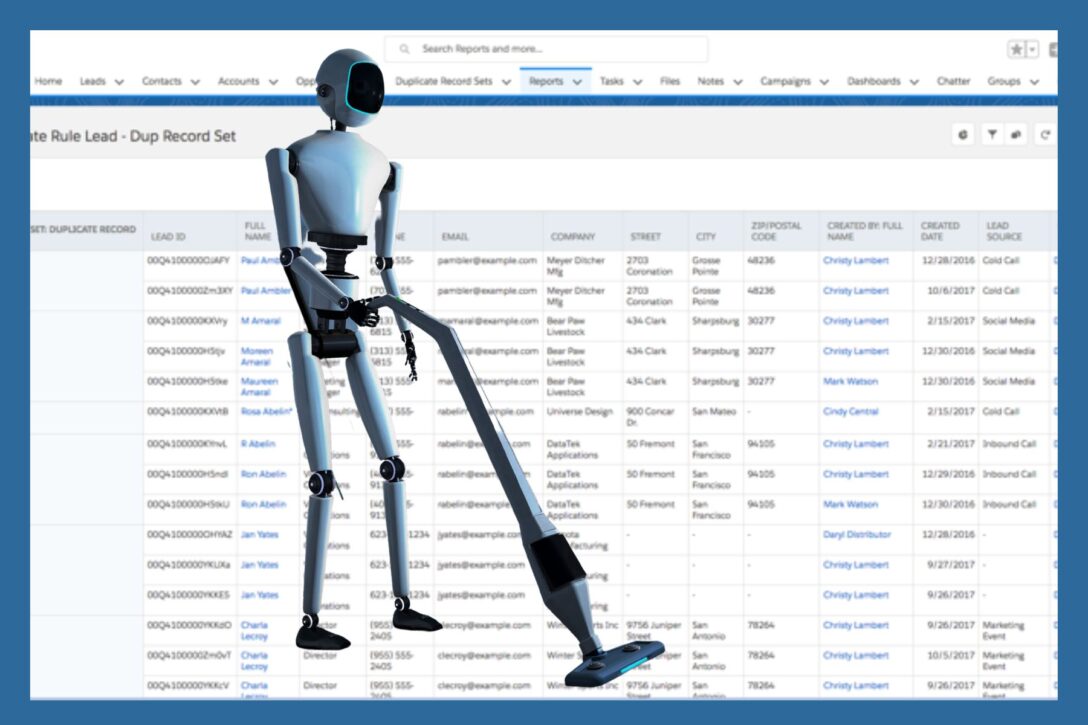
Practical Examples of Automated Data Hygiene
Fortunately, Salesforce combined with LeanData offers automation to prevent these problems before they disrupt revenue teams. Below are several practices leaders can implement today.
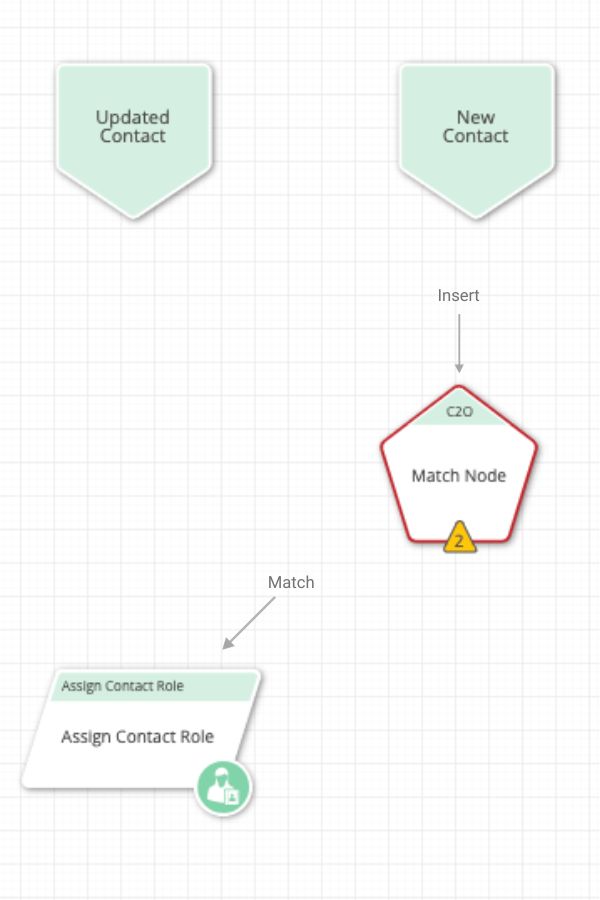
Add Contact Roles to Opportunities
Multi-threaded buying groups are common in enterprise sales. Yet opportunities often miss important stakeholders. Automating the process of adding contact roles ensures that opportunities reflect the full buying group. This gives sales teams better visibility into who is involved and what role they play.
Reassign Records from Inactive Owners
Employee turnover is inevitable, and records assigned to former staff create bottlenecks. By using LeanData’s Routing Scheduler, records can be checked regularly for inactive owners. Then, reassignment happens automatically, ensuring buyers are never left waiting for a response.
Align Contacts with Account Owners
When account ownership changes, contacts often remain assigned to the previous owner. This leads to confusion and inconsistent follow-up. Automating the alignment between accounts and contacts ensures that everyone stays connected to the right representative.
Turning Hygiene Into a Strategic Advantage
These automations may seem tactical, but together they create a stronger foundation for GTM orchestration. Consider how these practices connect to broader goals:
- Reassigning inactive records → Faster speed to lead
- Aligning contacts with accounts → Reduced friction between sales and operations
- Adding contact roles → Better understanding of the buying group
- Handling orphan prospects → Improved visibility into buyer engagement
- Managing enrichment processes → More reliable reporting for GTM leaders
Each automation contributes to better execution across marketing, sales, and customer service teams. Plus, leaders gain confidence that their strategy is supported by reliable data.
“LeanData solves our org’s data hygiene problem by doing the heavy work regarding dupes, sorting, and routing. It allows us to save time doing these tasks and allows us to be more productive and efficient.”G2 Review
How LeanData Supports Automated Data Hygiene
While LeanData is often associated with lead-to-account matching and routing, the same orchestration platform supports a wide range of data hygiene practices:
- Matching and deduplication prevent duplicate records from skewing reports
- Routing Scheduler keeps ownership aligned across accounts, contacts, and opportunities
- Integrations with enrichment tools ensure records are complete before being routed
- No-code FlowBuilder allows operations teams to automate hygiene without coding
As a result, LeanData functions as more than a routing solution. It becomes a central hub for keeping Salesforce data clean while orchestrating complex GTM motions.
Building a Culture of Data Hygiene
Automating data hygiene should not be viewed as a one-time project. Instead, it is an ongoing discipline that supports every revenue goal. GTM leaders can encourage this culture by:
- Prioritizing hygiene as part of GTM planning
- Reviewing reports on inactive-owned records and misaligned contacts
- Embedding hygiene checks into lead routing and opportunity management
- Educating sales and marketing teams on why clean data matters
When data hygiene is treated as part of the orchestration process, it becomes less of a chore and more of a strategic enabler.
The Payoff for GTM Leaders
For GTM leaders, automating Salesforce data hygiene delivers several important benefits.
It improves speed to lead by reducing response times and ensures stronger alignment across marketing, sales, and customer service teams.
Clean records also provide more complete visibility into buying groups, which supports more accurate reporting and forecasting.
Ultimately, these practices create a smoother buyer experience at every stage of the journey.
Clean data should not be seen as an operational afterthought but rather as a foundation for growth. Leaders who prioritize automated data hygiene protect their revenue strategies and gain a lasting competitive edge.
